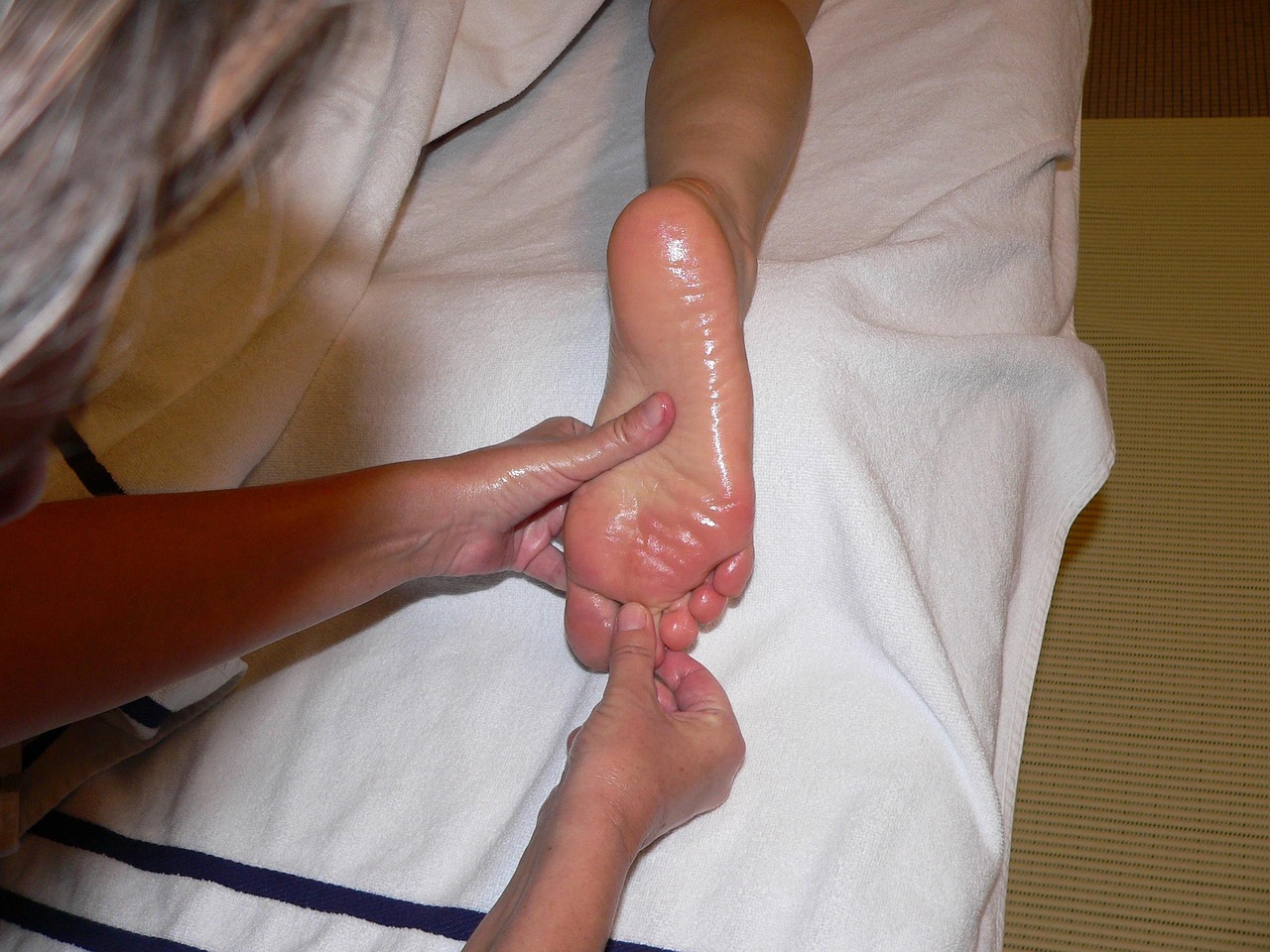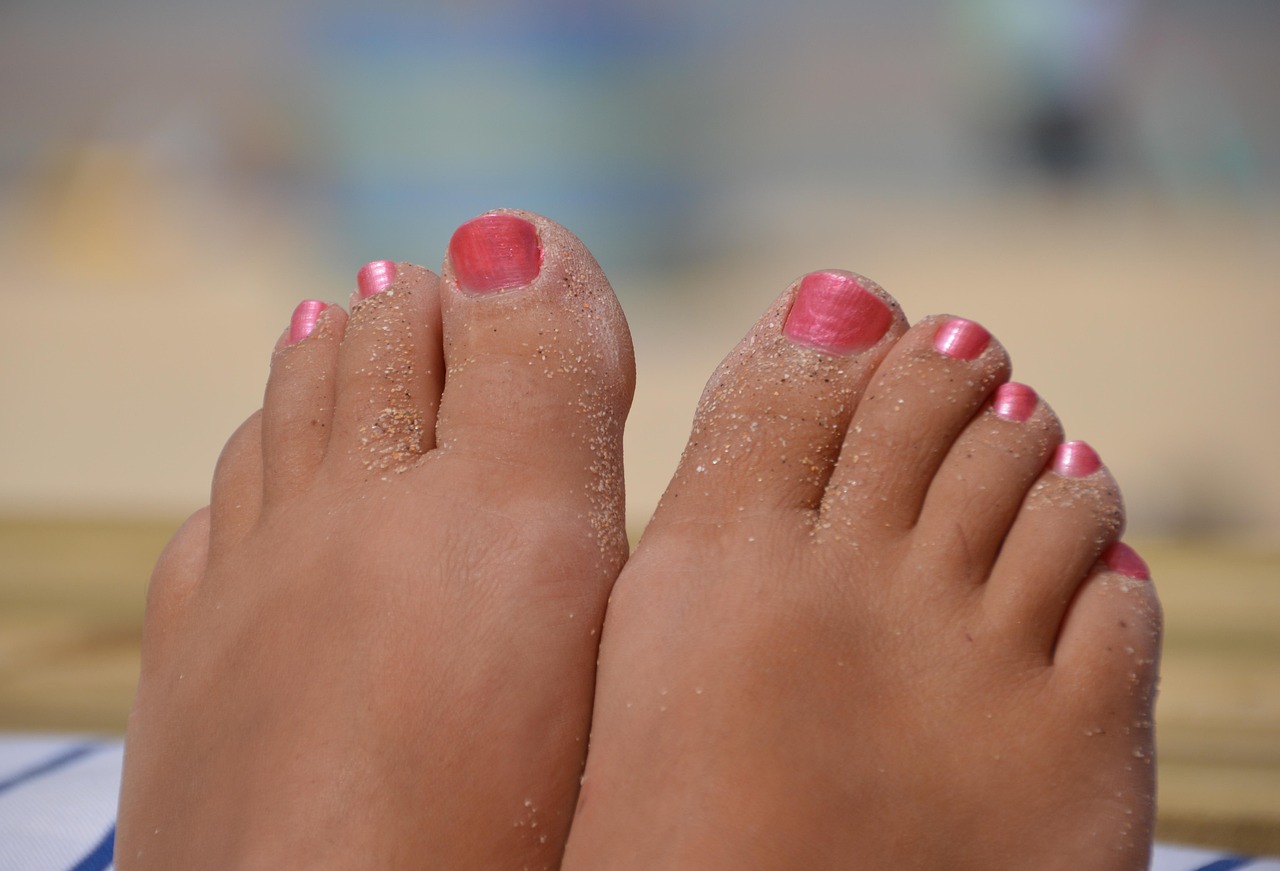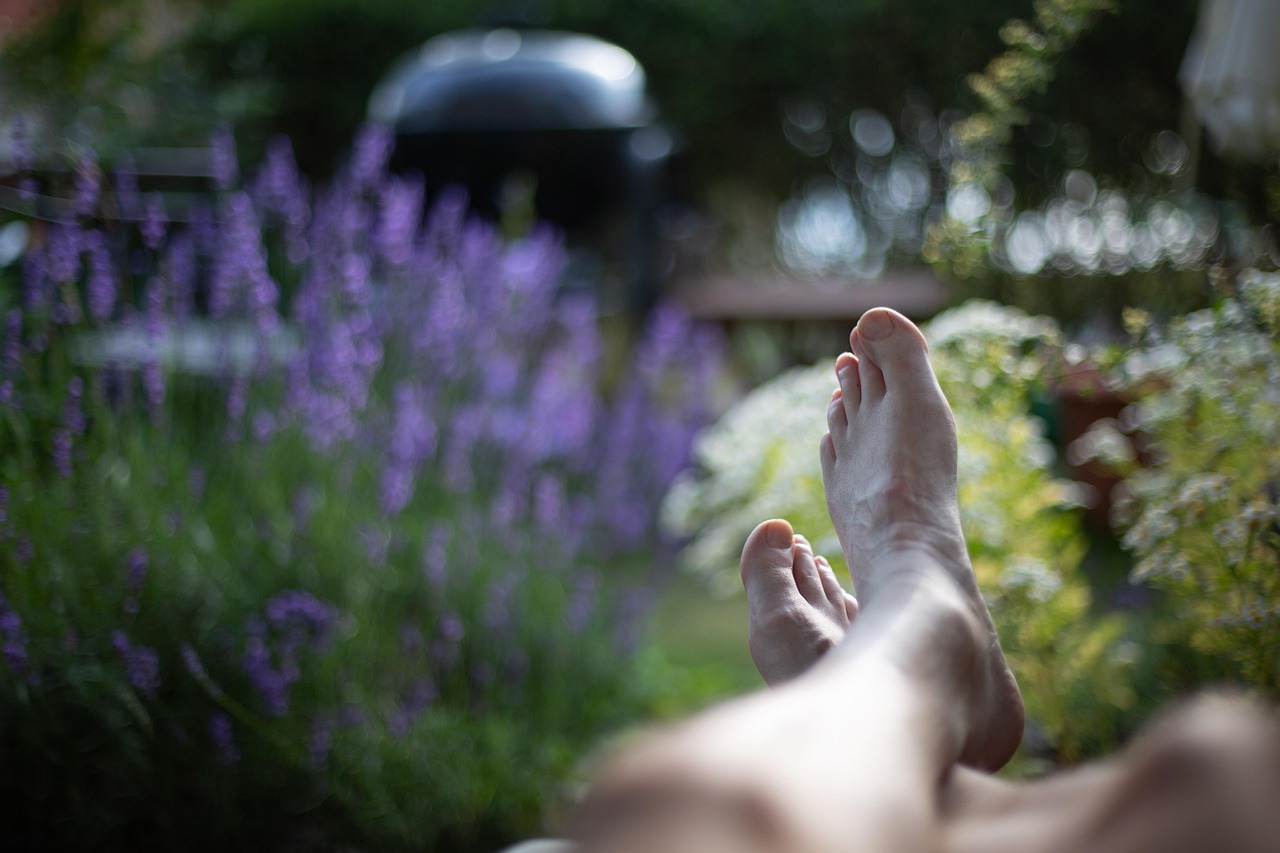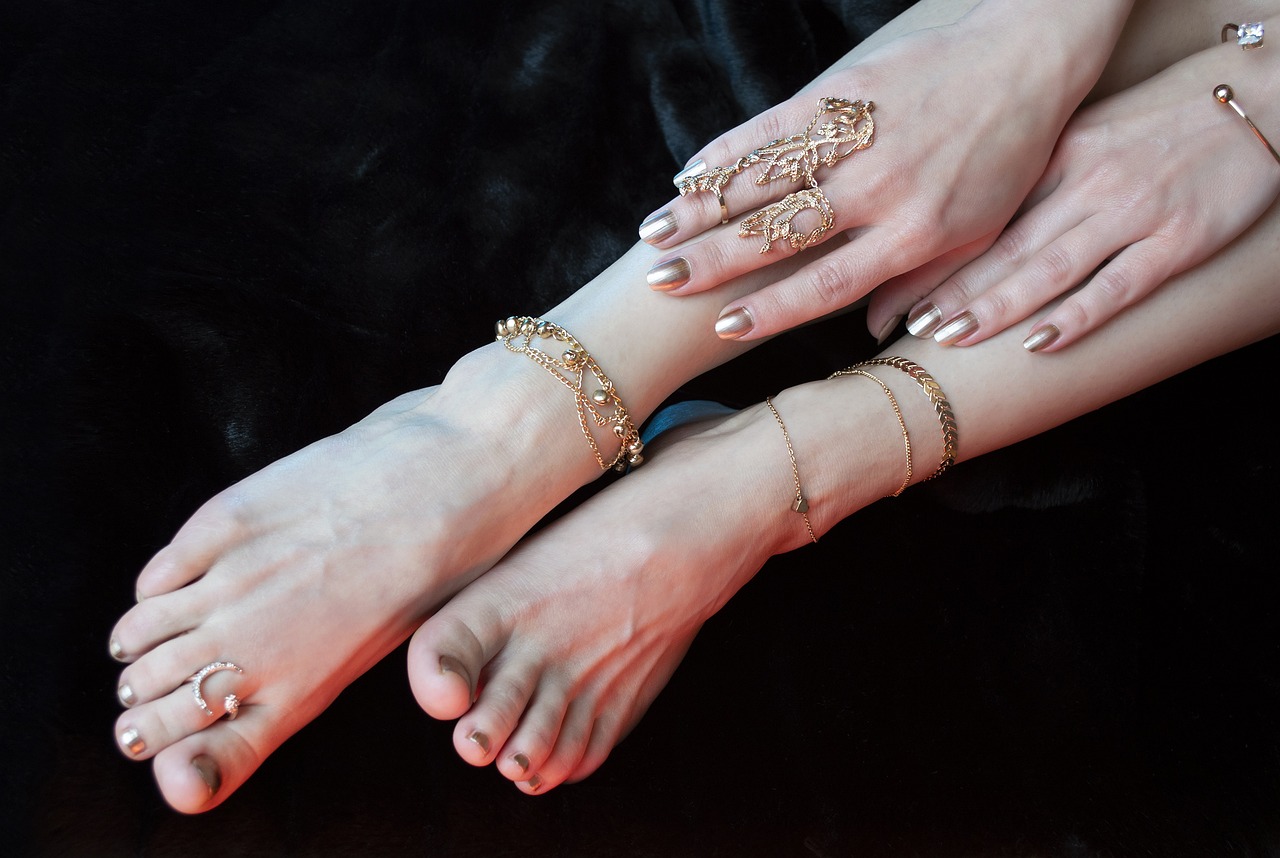Your heels need movement just as much as they need moisture.
When we talk about foot pain or dryness, we often think of overuse — long walks, standing all day, or intense workouts. But what if the real culprit is the opposite? Inactivity, especially prolonged sitting or staying in one position, can lead to stiff, tight, and even dry heels.
Whether you work from home, sit at a desk all day, or are simply less mobile, understanding the impact of stillness on your heel health is crucial — and so is knowing how to prevent long-term damage.
In this post, we’ll explore how inactivity leads to heel stiffness, what it does to your skin and muscles, and how to support your heel health with the right products from The Beauty Pure.
Table of Contents
Toggle🧬 Why Inactivity Causes Heel Stiffness
🔹 1. Circulation Slows Down
Sitting for long periods reduces blood flow to your lower limbs. Less circulation means:
- Reduced oxygen and nutrients to heel tissues
- Tighter muscles and ligaments around the heel
- Slower skin cell turnover, which can lead to dry, thickened skin
🔹 2. The Plantar Fascia Becomes Less Elastic
When you’re inactive, especially with your feet pointed downward or unsupported:
- The plantar fascia (a ligament under your foot) can shorten
- This leads to morning heel stiffness or pain when standing up
- Over time, it can contribute to plantar fasciitis
🔹 3. Heel Skin Loses Moisture
A lack of movement leads to:
- Less sweat and oil distribution
- Constant heel pressure against the floor or chair
- Dehydration and flaking of the heel skin — even indoors
🚩 Signs of Inactivity-Related Heel Problems
- Stiffness or tightness when standing up after long sitting
- Dry or cracked skin despite moisturizing
- Heels feel “locked” or painful in the morning
- General foot discomfort after short periods of walking
- The skin appears thick, dull, or rough
✅ How to Prevent Heel Stiffness from Inactivity
✅ 1. Move Every 60–90 Minutes
Even 2–3 minutes of light activity helps. Try:
- Standing heel raises
- Toe pointing and flexing
- Rolling a tennis ball under your foot
💡 Set a timer or use your water breaks as a reminder to move.
✅ 2. Moisturize Daily to Keep Skin Supple
Apply foot cream in the morning and before bed to keep skin soft and prevent stiffness.
Daily use:
👉 Lapitak Foot Care Cream
- Lightweight
- Fast-absorbing
- Keeps skin hydrated even in dry environments
Night repair:
👉 Lapitak Cream for Cracked Heels
- Restores elasticity
- Heals dry, tight, or peeling skin
- Best used with cotton socks overnight
✅ 3. Stretch the Heel & Calf Muscles
Simple stretches throughout the day improve flexibility:
- Wall calf stretch
- Seated towel stretch (wrap a towel around the ball of your foot and pull gently)
- Ankle circles
These stretches help prevent ligaments and muscles from stiffening during inactivity.
✅ 4. Avoid Walking Barefoot on Hard Floors
Even at home, walking barefoot on tile or hardwood can aggravate the heel pad. Use:
- Soft slippers with cushioning
- Heel support insoles
- Cotton socks after moisturizing
🕒 Sample Daily Heel Health Plan for Sedentary Lifestyles
| Time | Action |
|---|---|
| Morning | Stretch + apply Foot Care Cream |
| Midday | Stand & walk 3–5 mins + toe flexes |
| Evening | Soak (optional), stretch, apply Cracked Heel Cream, wear socks |
| Weekly | Gentle exfoliation after shower |
Final Thoughts: Movement Heals Heels
While rest is important, too much stillness can harden, dry, and stiffen your heels — both inside and out. By building in small movements and using the right products daily, you can prevent stiffness, restore moisture, and keep your feet flexible and pain-free.
👉 Explore The Beauty Pure for dermatologist-trusted heel care that supports your feet — even when you’re standing still.





